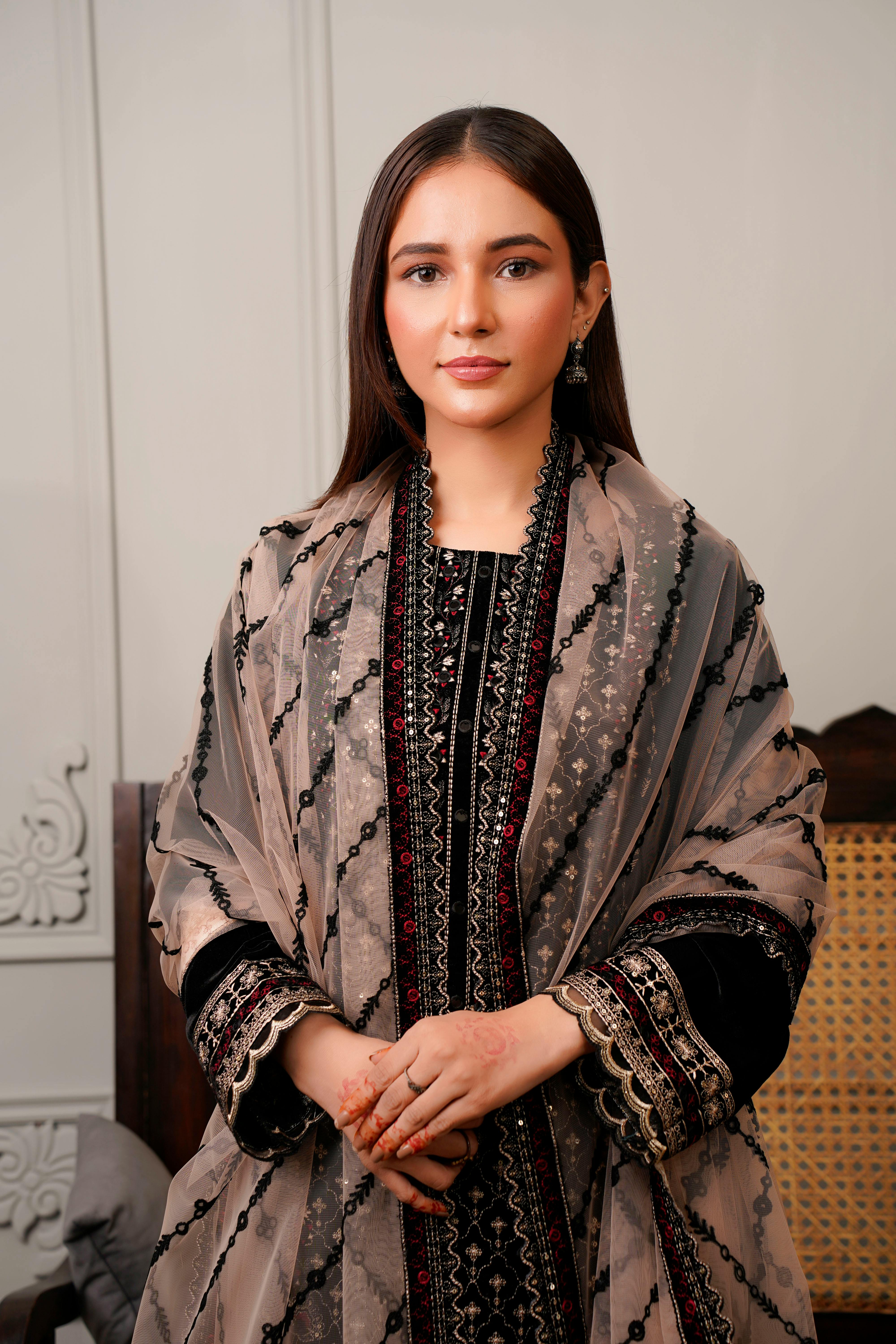For centuries, the threads of fashion have woven a complex tapestry of shared heritage between India and Pakistan. Despite political complexities, the deep-rooted cultural similarities reflected in their textile traditions continue to connect the two nations. This blog explores how the fashion industry serves as a unique bridge, fostering understanding and cooperation across borders.
Shared Roots: A Legacy of Textile Excellence
Both India and Pakistan boast a rich history of exquisite textile craftsmanship. From the intricate Mughal embroidery to the vibrant hand-blocked prints of Rajasthan and the delicate Kalamkari of Andhra Pradesh (now also prevalent in Pakistan), the techniques and motifs often overlap, demonstrating a shared artistic legacy. This common heritage forms the foundation for a potential collaborative future in the fashion world.
Modern Collaborations: Bridging the Divide Through Design
Increasingly, designers from both countries are recognizing the potential for collaboration. Joint fashion shows, design workshops, and even cross-border supply chains are emerging. These initiatives not only showcase the beauty of shared textile traditions but also promote economic cooperation and cultural exchange, offering a powerful counter-narrative to political tensions. This kind of collaboration highlights the unifying power of creativity.
Challenges and Opportunities: Fostering a Sustainable Future
While the potential for collaboration is immense, challenges remain. Political tensions and logistical hurdles can hinder cross-border projects. However, the growing interest in sustainable and ethically sourced fashion provides a unique opportunity. By highlighting the traditional craftsmanship and ethical production methods of both countries, the fashion industry can promote a more sustainable and inclusive future, further strengthening the bond between India and Pakistan through shared economic growth and mutual respect.






